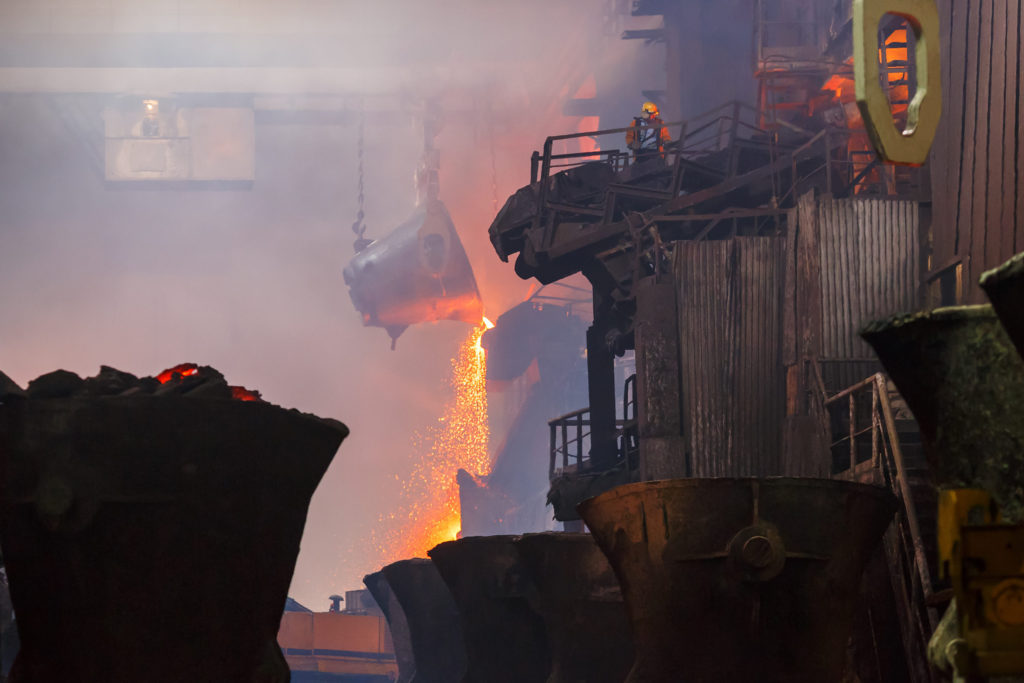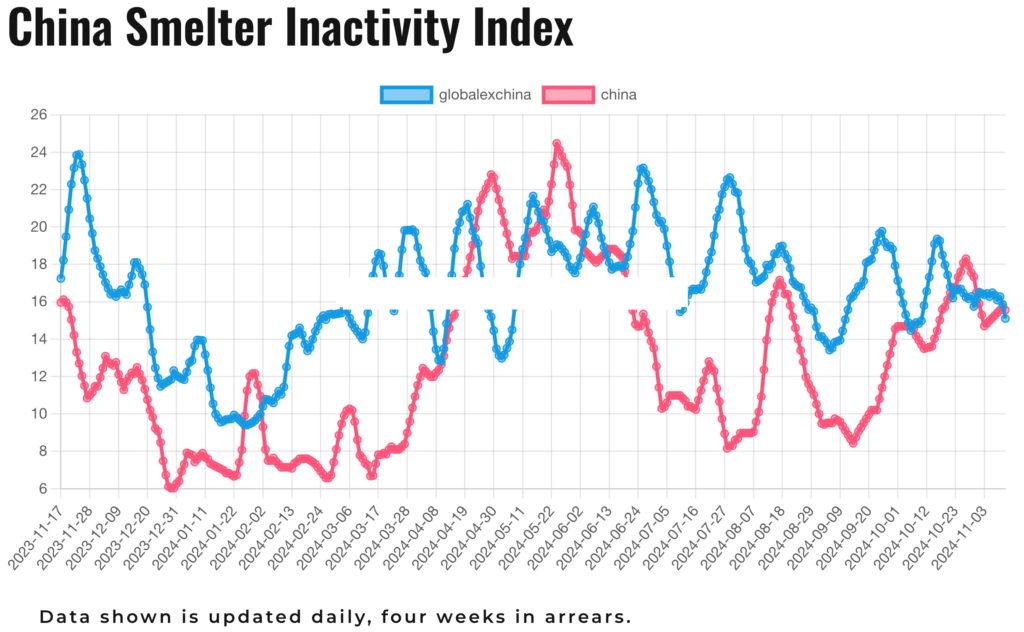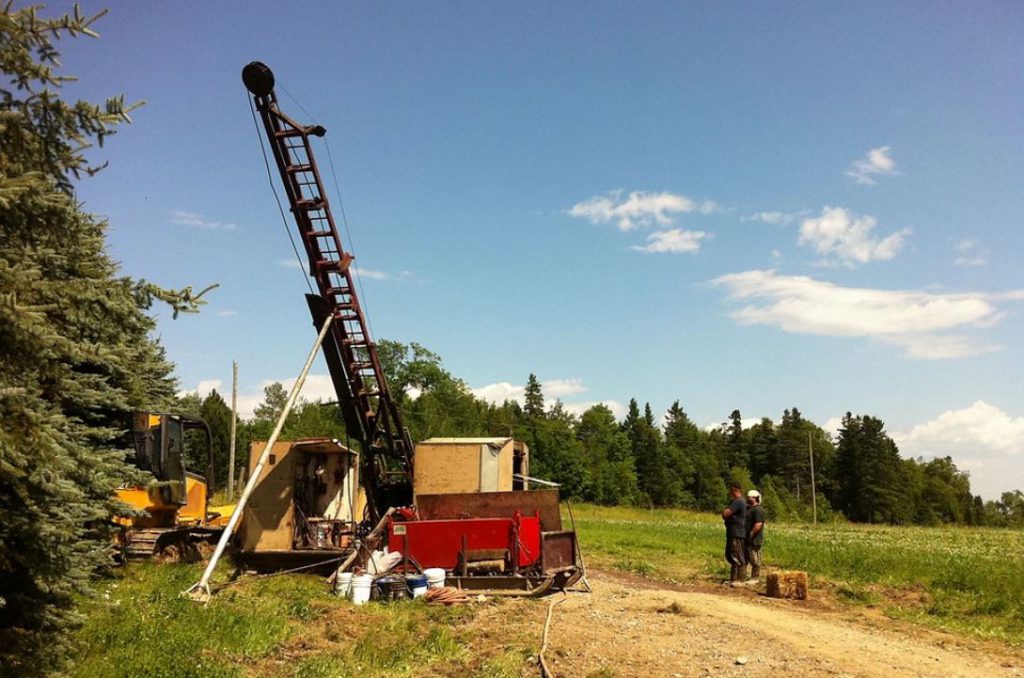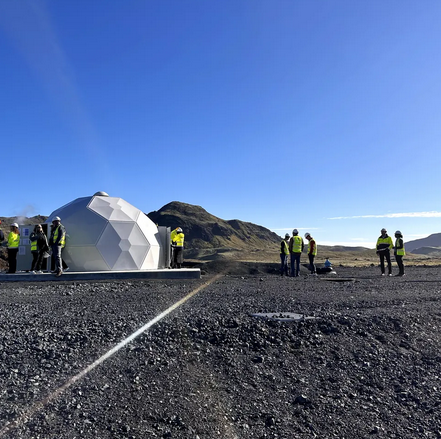Satellite data analysis shows copper smelting activity surged in November

Global copper smelting last month reached its highest level since February, according to a report released Wednesday that tracks smelter inactivity.
Average smelter inactivity fell 2.7% from October to 13.4% last month, according to Earth-i, a satellite data analysis firm that runs the Savant Global Copper Monitoring Index.
Unlike typical trends, the increase stemmed mainly from gains outside China, Earth-i said in a release. China, which has over 40% of the monitored capacity, saw inactivity edge down only 0.2% to 15.3%.
China’s custom smelters, which take feeds from diverse sources, struggled with low treatment and refining charges. This cut their profits from processing imported concentrate, Earth-i’s report found.

Regions outside China, with the exception of South America, drove the recovery, according to Earth-i. Captive smelters led the gains, slashing inactivity by 5.3% to 10.7%, while custom smelters saw a smaller decline of 0.7% to 15.5%. Captive smelters, those usually designed to process a specific major mine’s ore, benefited from their uptime. They also benefitted from post-maintenance recoveries.
In its metals market review released Tuesday, Russia’s Norilsk Nickel forecasted a 200,000-tonne copper surplus this year. It expects a balanced market next year, but demand will outpace supply growth later in 2025, driven by renewable energy, electric transport and strong investment in power grids.
Earth-i’s Savant platform tracks 95% of global smelters using satellite data and machine learning. Its indices provide near real-time insights and a historical dataset spanning more than eight years, according to the company.
Falling inactivity
Europe’s inactivity dropped 8.3%, the report showed. This was due to Poland’s Glogow smelter resuming full production after maintenance on its 540,000-tonne-per-year line.
In North America, Grupo Mexico’s 300,000-tonne-per-year La Caridad smelter in Sonora state drove an 8.7% decrease in inactive capacity.
Africa’s inactivity fell 3.1%, with Zambia’s 310,000-tonne-per-year with Konkola Copper Mines’ Nchanga smelter, a unit of Vedanta Resources (LSE: VED), ramping up production.
Asia and Oceania had the lowest inactivity at 3.6%. This was due to steady operations at Russia’s Norilsk smelter and Kazakhstan’s Zhezkazgan and Balkhash facilities, owned by Kazakhmys, one of the country’s largest copper producers.
More News
PDAC Video: Blue Lagoon preps for July gold production start in British Columbia
April 11, 2025 | 02:46 pm
Manganese X poised to begin pre-feasibility study at Battery Hill
April 11, 2025 | 02:39 pm
{{ commodity.name }}
{{ post.title }}
{{ post.date }}




Comments